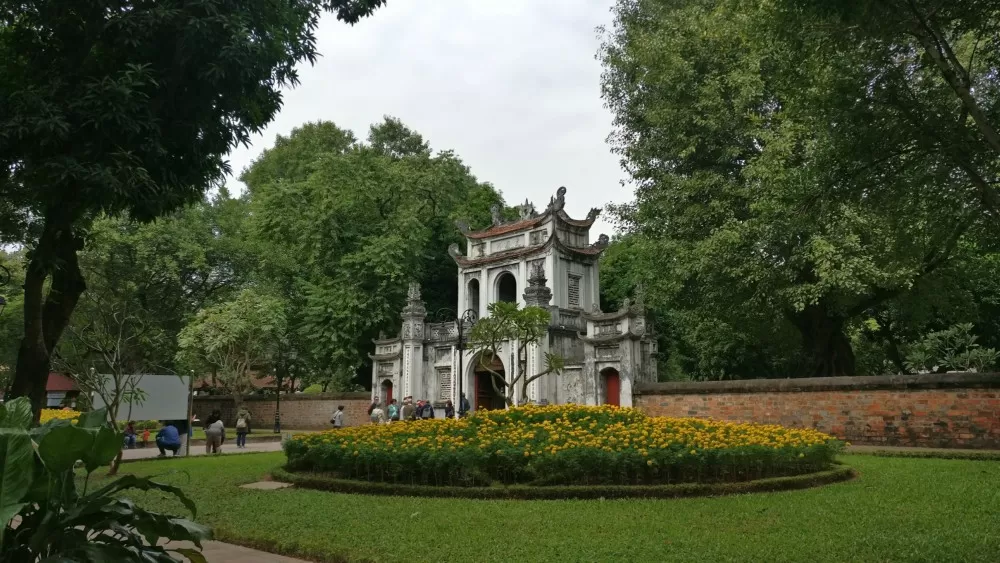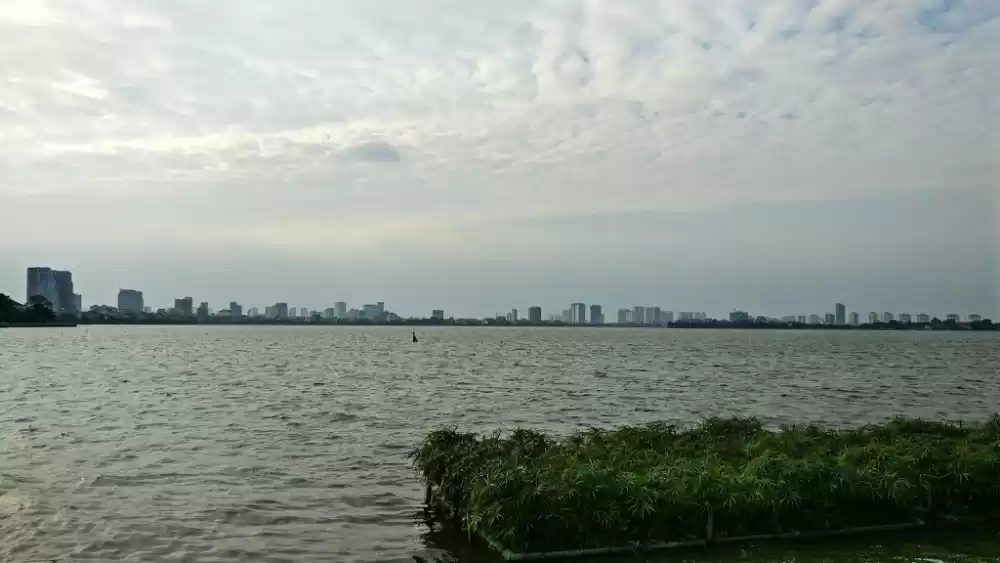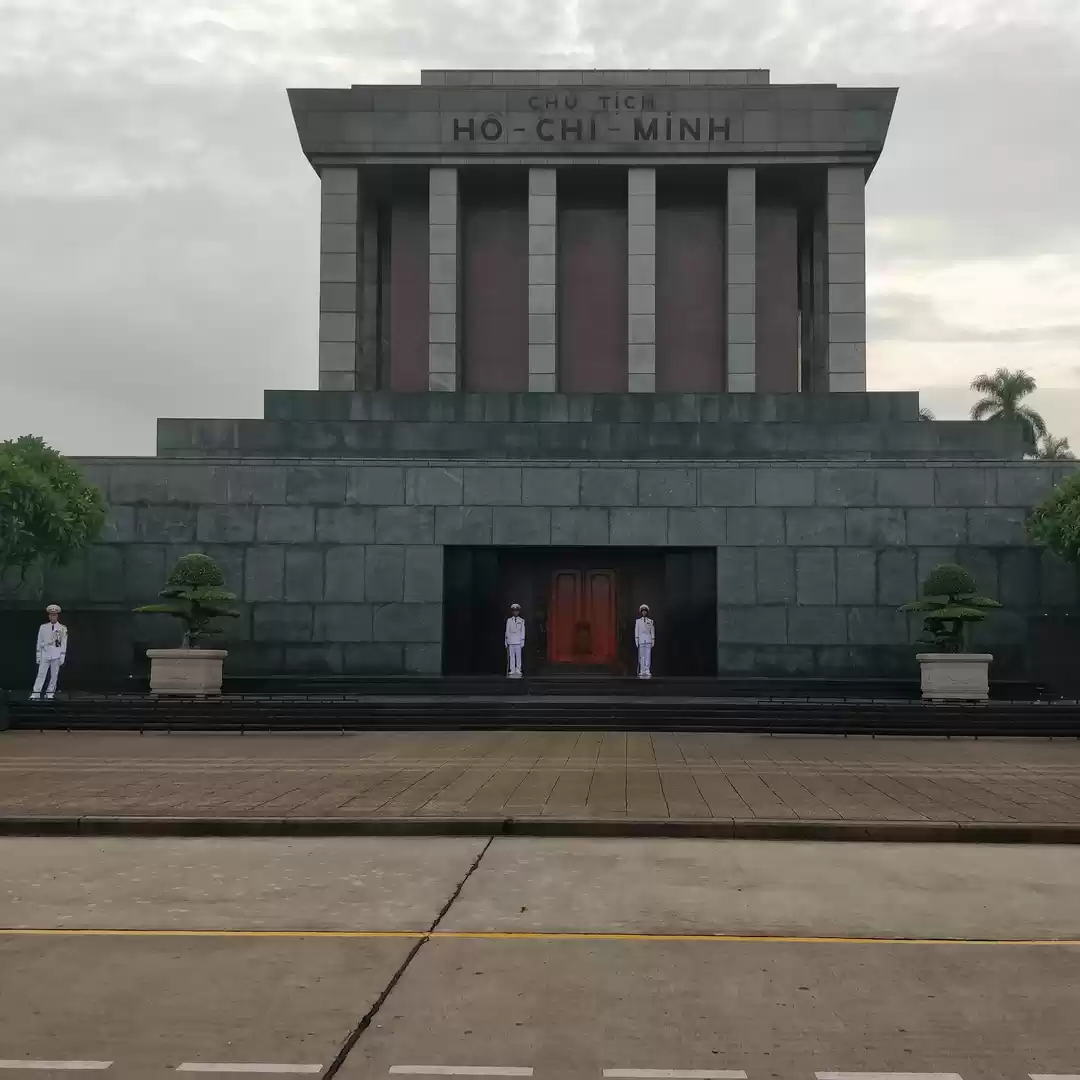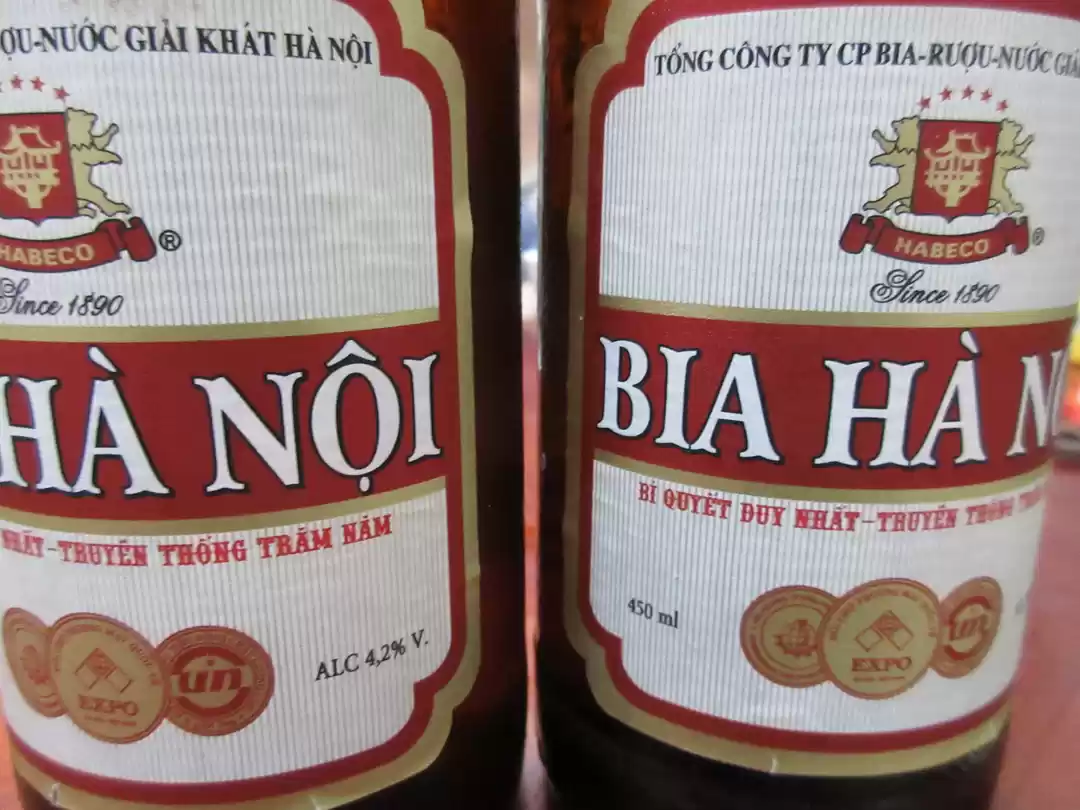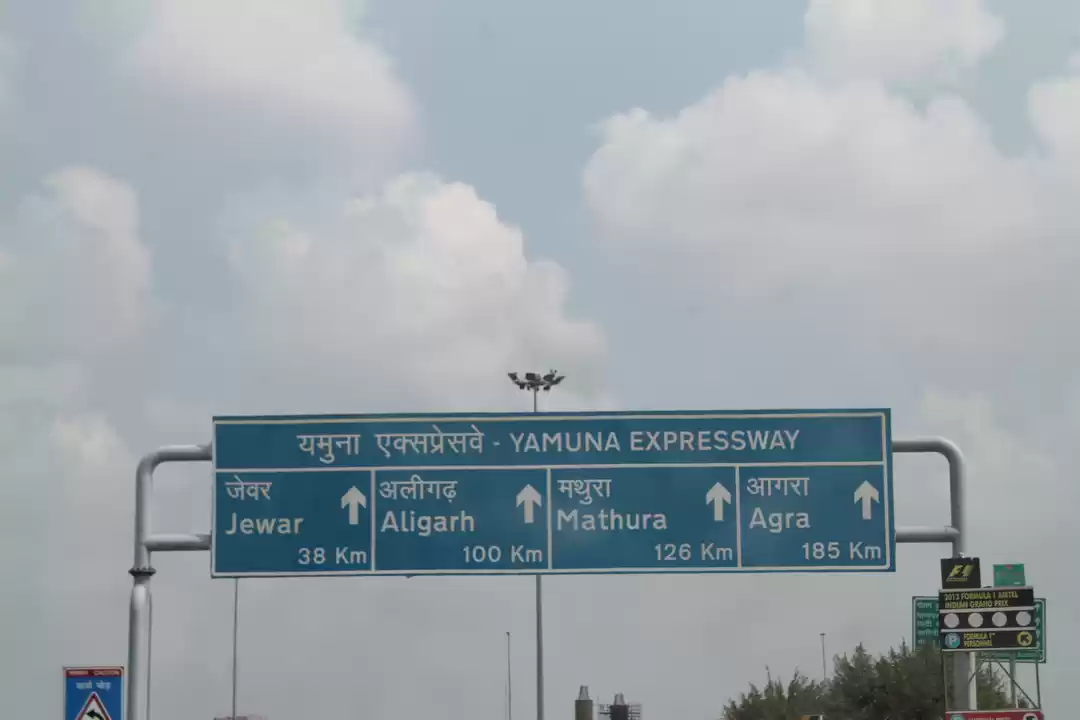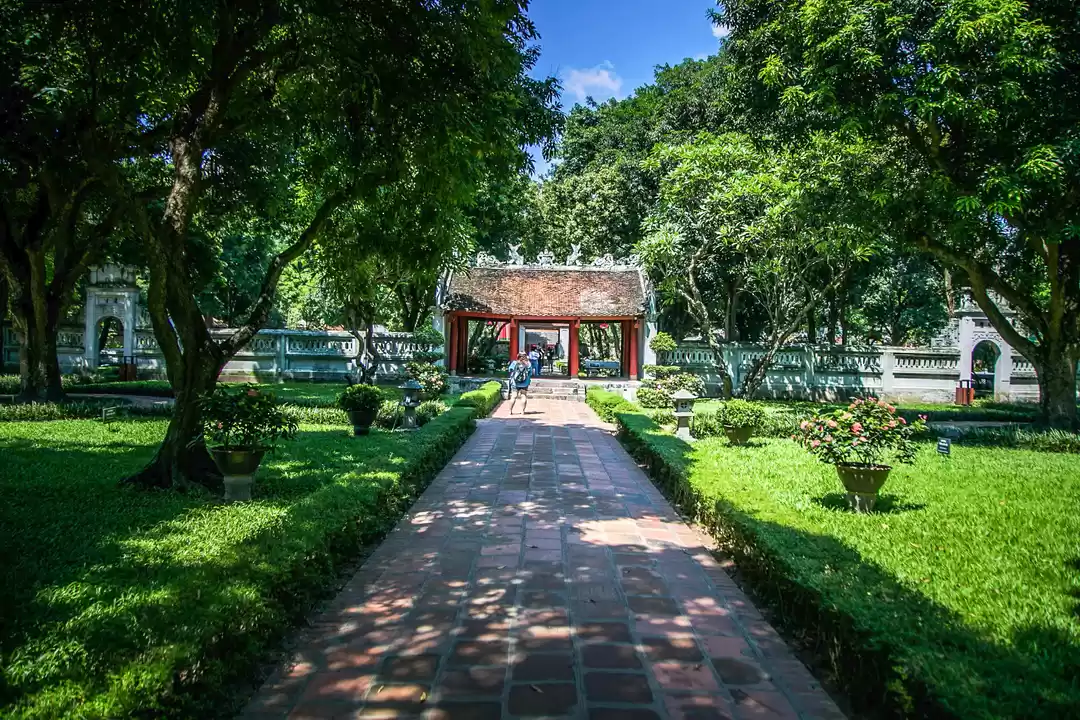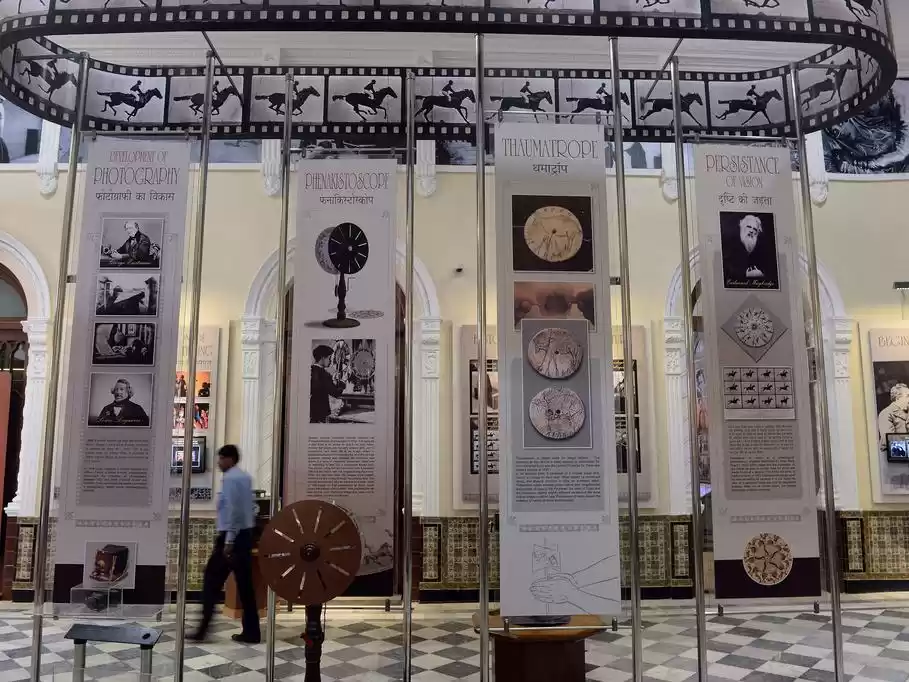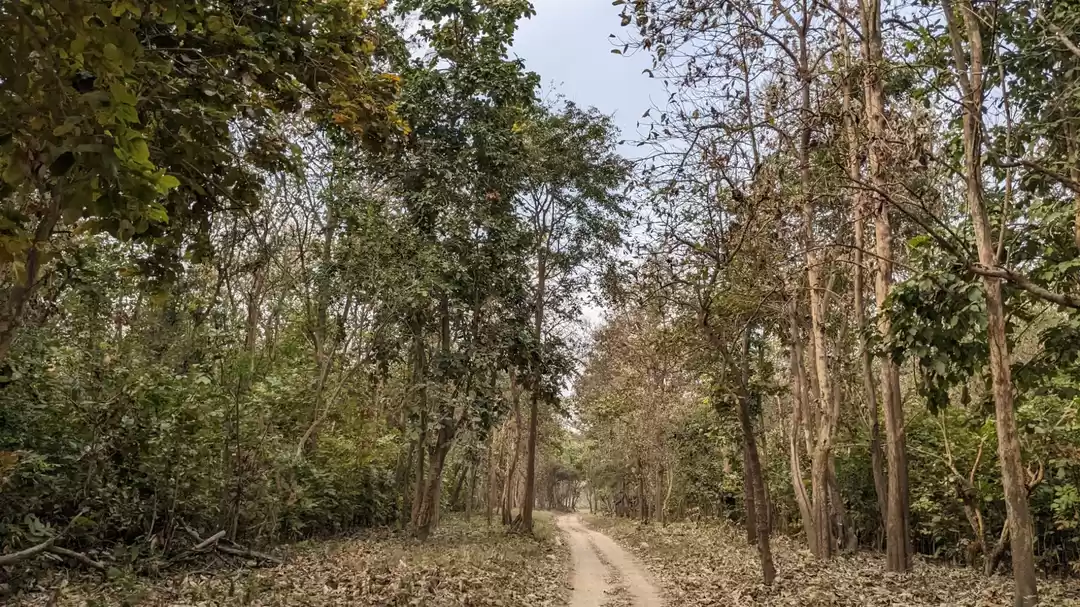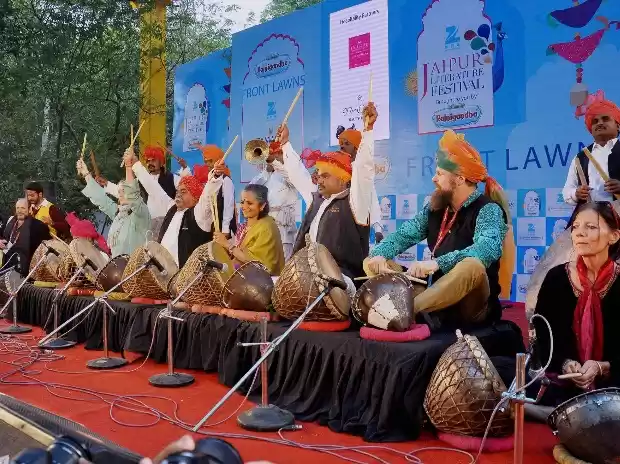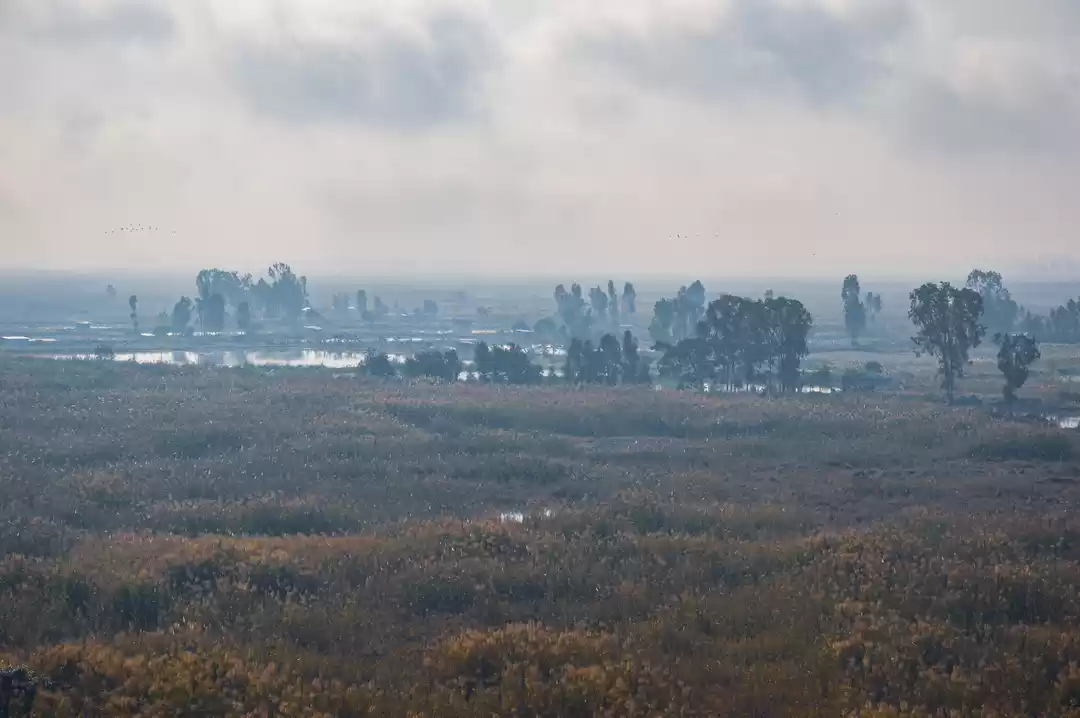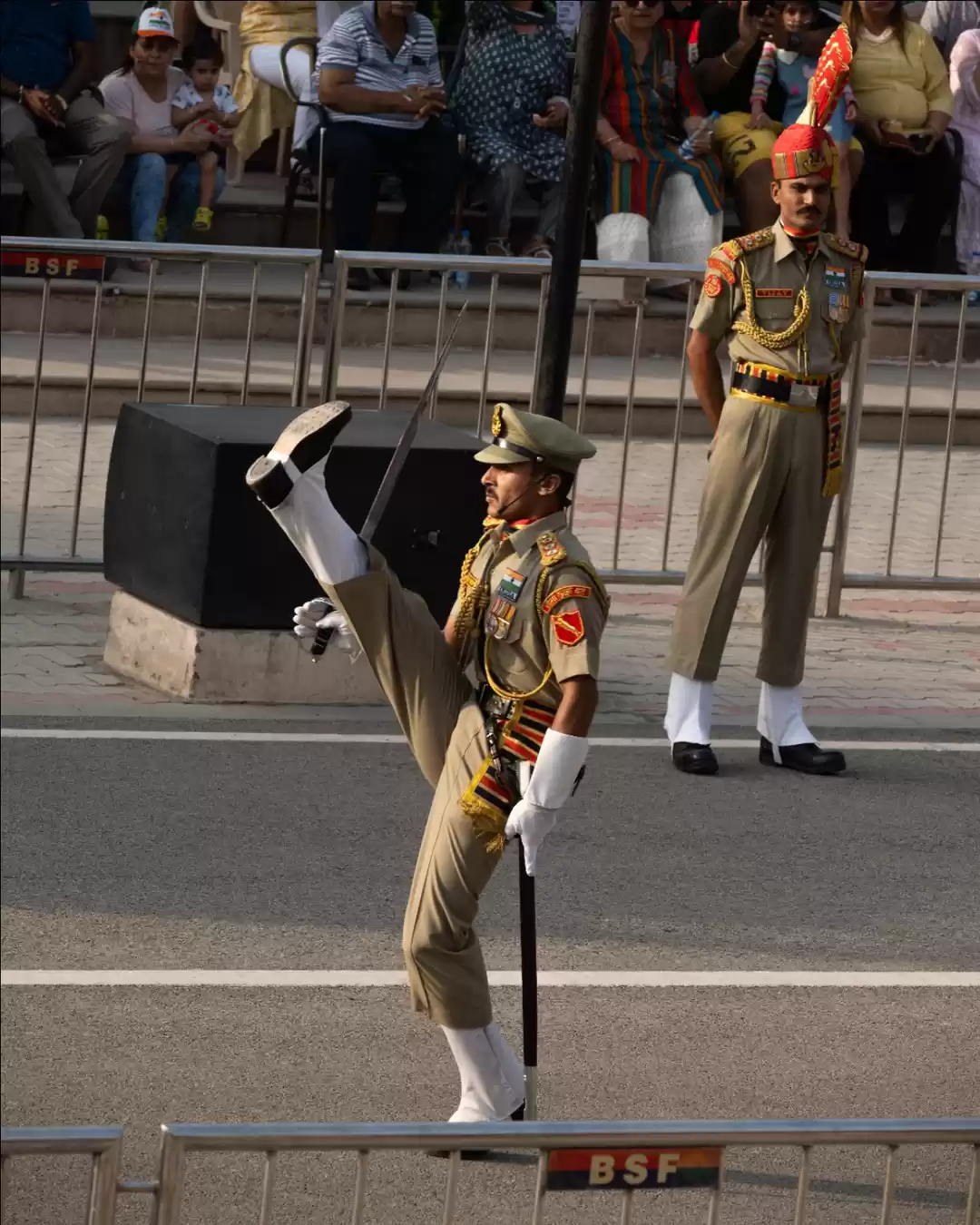Imagine stepping into a tranquil sanctuary where ancient scholars once pursued their dreams of becoming the elite of Vietnam, surrounded by exquisite architecture, serene gardens, and timeless wisdom. This is the temple of literature in Hanoi, Vietnam’s first and oldest university, and one of the most historical and cultural landmarks in the country.
In this article, you will learn more about the history, architecture, and cultural value of the temple of literature, as well as some practical tips and advice on how to visit and enjoy this remarkable attraction.
History
The temple of literature was built in 1070 by Emperor Ly Thanh Tong as a place of worship for Confucius and his disciples, who were revered as the founders and masters of Confucianism, a system of moral, social, and political philosophy that shaped the culture and values of Vietnam for centuries. The imperial academy was established within the temple complex in 1076 as the highest educational institution in the country, where only the most talented and noble students were selected to study and prepare for the rigorous imperial examinations, which determined their rank and status in the government and society.

The temple of literature and the imperial academy underwent several expansions, renovations, and restorations throughout their history, reflecting the changes and challenges of different dynasties, wars, and regimes. The temple complex was damaged and looted by foreign invaders, such as the Ming, the French, and the American, but was also protected and restored by loyal and patriotic Vietnamese, such as the Le, the Nguyen, and the Communist. The imperial academy was abolished in 1915 by the French colonial authorities, who replaced it with a modern education system, but its legacy and spirit were preserved and honored by the Vietnamese people, who continued to regard the temple of literature as a symbol of national pride and cultural heritage.
The temple of literature and the imperial academy witnessed and produced many remarkable historical events and figures, such as the first graduation ceremony in 1075, the first female laureate in 1078, the first national anthem in 1428, the first printing house in 1484, the first dictionary in 1694, the first modern newspaper in 1865, and the first president of Vietnam in 1954. These events and figures demonstrated the achievements and aspirations of the Vietnamese people, as well as their struggles and resistance against foreign domination and oppression.
Architecture
The temple complex covers an area of about 54,000 square meters, and consists of five courtyards, each with its own significance and beauty. The first courtyard is the entrance, where visitors can admire the majestic main gate, the ancient walls, and the peaceful ponds. The second courtyard is the path of the sages, where visitors can walk along the impressive Khue Van pavilion, the statue of Confucius, and the four stelae of the four great kings. The third courtyard is the well of heavenly clarity, where visitors can see the sacred well, the house of ceremonies, and the altar of Confucius and his disciples. The fourth courtyard is the pavilion of constellation, where visitors can marvel at the elegant pavilion, the drum and bell towers, and the stelae of doctors, which are stone steles mounted on tortoise statues, inscribed with the names and achievements of the graduates of the imperial academy. The fifth courtyard is the imperial academy, where visitors can explore the former classrooms, dormitories, and libraries of the students and teachers, as well as the exhibits and displays of the temple’s history and culture.

The temple complex is a masterpiece of Vietnamese architecture, blending the styles and influences of different dynasties and regions. The temple complex features a harmonious combination of natural and artificial elements, such as water, trees, flowers, stone, wood, brick, and tile. The temple complex also showcases a variety of exquisite carvings, paintings, sculptures, and calligraphy, depicting the themes and motifs of Confucianism, Buddhism, Taoism, and folklore. The temple complex also uses a sophisticated system of symbols, colors, numbers, and shapes, to convey the meanings and messages of the temple’s philosophy and vision.
Cultural value
The temple of literature and the imperial academy are the epitome of Vietnamese culture, education, and literature, as they embody the ideals and aspirations of the Vietnamese people for learning, wisdom, and excellence. The temple of literature and the imperial academy are the sources and inspirations of many cultural and literary works, such as poems, songs, stories, proverbs, and idioms, that express the sentiments and experiences of the Vietnamese people, as well as their love and respect for their country, ancestors, and teachers. The temple of literature and the imperial academy are also the icons and symbols of the Vietnamese people’s identity and pride, as they reflect their history and heritage, their traditions and customs, their beliefs and values, and their hopes and dreams.
The temple of literature hosts and organizes many cultural activities and events throughout the year, such as the spring festival, the teacher’s day, the mid-autumn festival, the poetry day, and the calligraphy exhibition. These activities and events attract and engage visitors from all walks of life, who can participate and enjoy the performances, ceremonies, contests, and workshops, that showcase and honor the temple’s history and culture. These activities and events also educate and inspire visitors to appreciate and preserve the temple’s legacy and spirit, as well as to learn and practice the temple’s teachings and values.
Getting There
The temple of literature is a historical and cultural attraction in Hanoi, Vietnam, that was built in 1070 as the first and oldest university in the country. If you want to visit this remarkable site, you have several options to reach it.
By taxi:
Hanoi is one of the easiest and safest cities in Southeast Asia to travel by taxi, although there are a few potential problems to keep in mind. You should only use reputable and metered taxi companies, such as Mai Linh or Vinasun, and avoid unlicensed or private taxis, which may overcharge or scam you. You should also have the address and name of the temple written down in Vietnamese, as some drivers may not speak or understand English well. The temple is located at 58 Quoc Tu Giam Street, Dong Da District, Hanoi, about 2 km south of the Hoan Kiem Lake. The taxi fare from the lake to the temple should be around 50,000 VND (about 2 USD).
By bus:
Taking the bus is a cheap and convenient way to get around Hanoi, as long as you know which bus number and route to take. You can use the online bus map or the BusMap app to plan your trip and find the nearest bus stop. You can also ask the hotel staff or the locals for help. To visit the temple of literature, you can take the buses number 02, 03, or 412. The bus fare is 7,000 VND (about 0.3 USD) per person, and you need to pay in cash and have exact change. The bus stop for the temple is right in front of the main gate, and you can see the sign “Van Mieu - Quoc Tu Giam” in Vietnamese.
By bike:
If you are feeling adventurous and confident, you can rent a bike or a motorbike and drive to the temple by yourself. However, you should be aware of the traffic rules and conditions in Hanoi, which can be chaotic and unpredictable. You should also wear a helmet, have a valid driver’s license, and follow the directions of the traffic police. You can use Google Maps or other navigation apps to find the best route to the temple, but remember that there are a lot of one-way streets and restricted areas in the city, so be careful with your driving directions.
By walking:
If you prefer to walk and enjoy the sights and sounds of Hanoi, you can also reach the temple by foot from the Hoan Kiem Lake or the Old Quarter. It takes about 30 minutes to walk from the lake to the temple, and you can follow the signs or the map along the way. You can also stop by some other attractions on the route, such as the Hoa Lo Prison, the Opera House, or the Fine Arts Museum. Walking is a great way to experience the local culture and lifestyle of Hanoi, but you should also be mindful of the weather, the pollution, and the safety of your belongings.
Tips for visitors
The temple of literature is open daily from 8:00 am to 5:00 pm, except on Mondays and public holidays. The entrance fee is 30,000 VND (about 1.3 USD) per person, and free for children under 15 years old. Visitors are advised to dress modestly and respectfully, as the temple is a sacred and solemn place.
The temple is located at 58 Quoc Tu Giam Street, Dong Da District, Hanoi, about 2 km south of the Hoan Kiem Lake. Visitors can reach the temple by taxi, bus, bike, or walking, depending on their preference and budget.
Visitors can also explore and enjoy some nearby attractions after visiting the temple, such as the Ho Chi Minh Mausoleum, One Pillar Pagoda, Vietnam Museum of Fine Arts, and the Hanoi Old Quarter.
The temple of literature is a must-see attraction for anyone who visits Hanoi, as it offers a unique and unforgettable experience of Vietnam’s history and culture.






